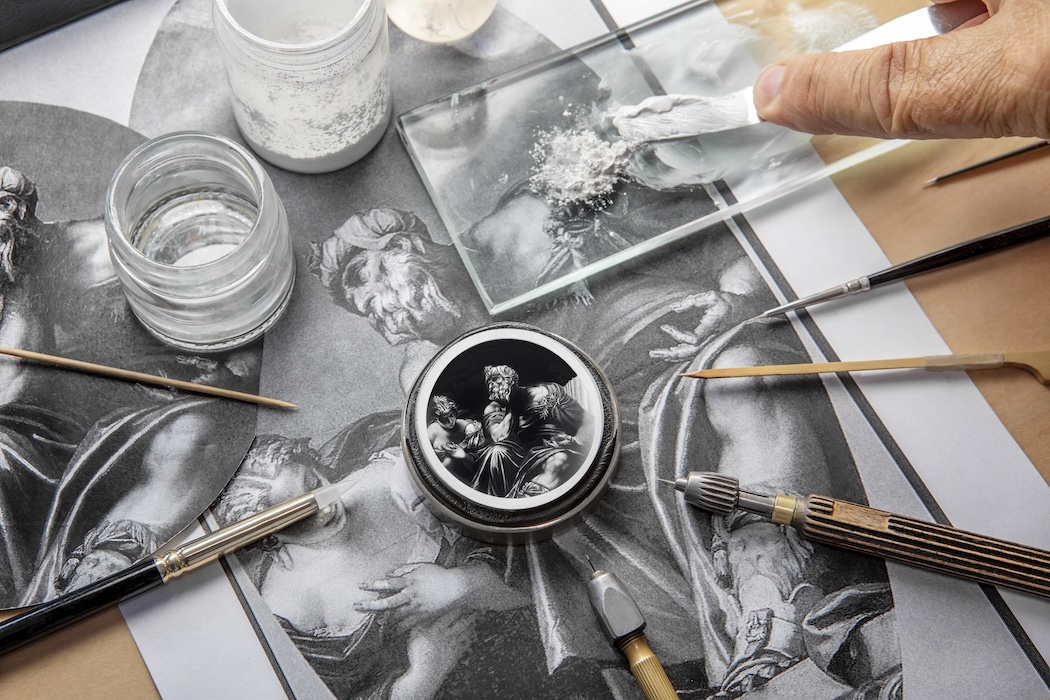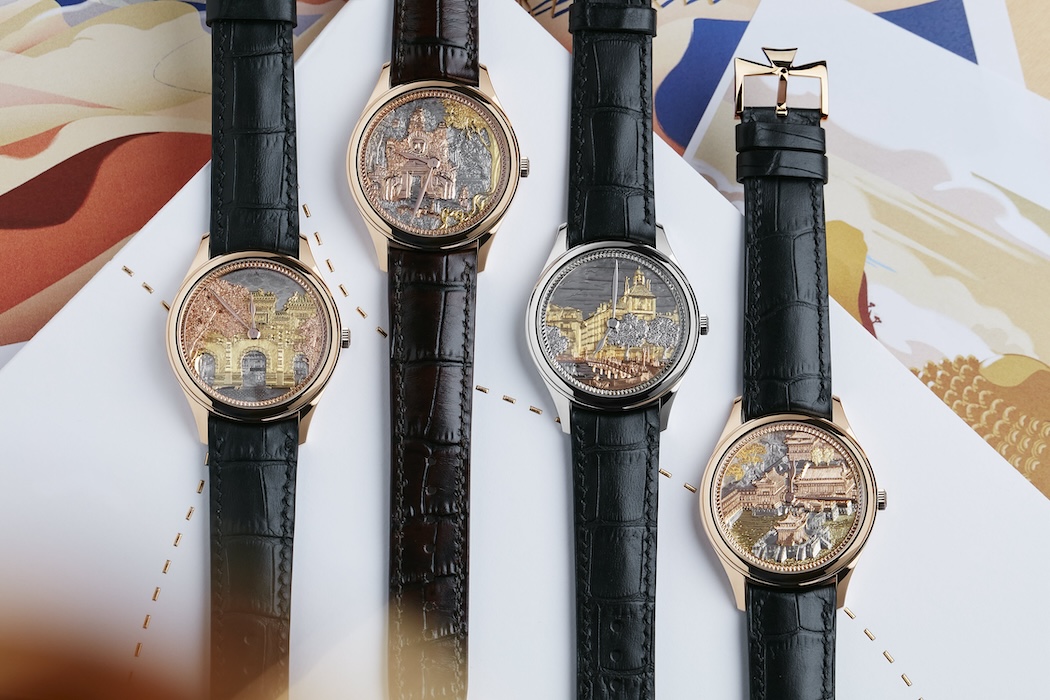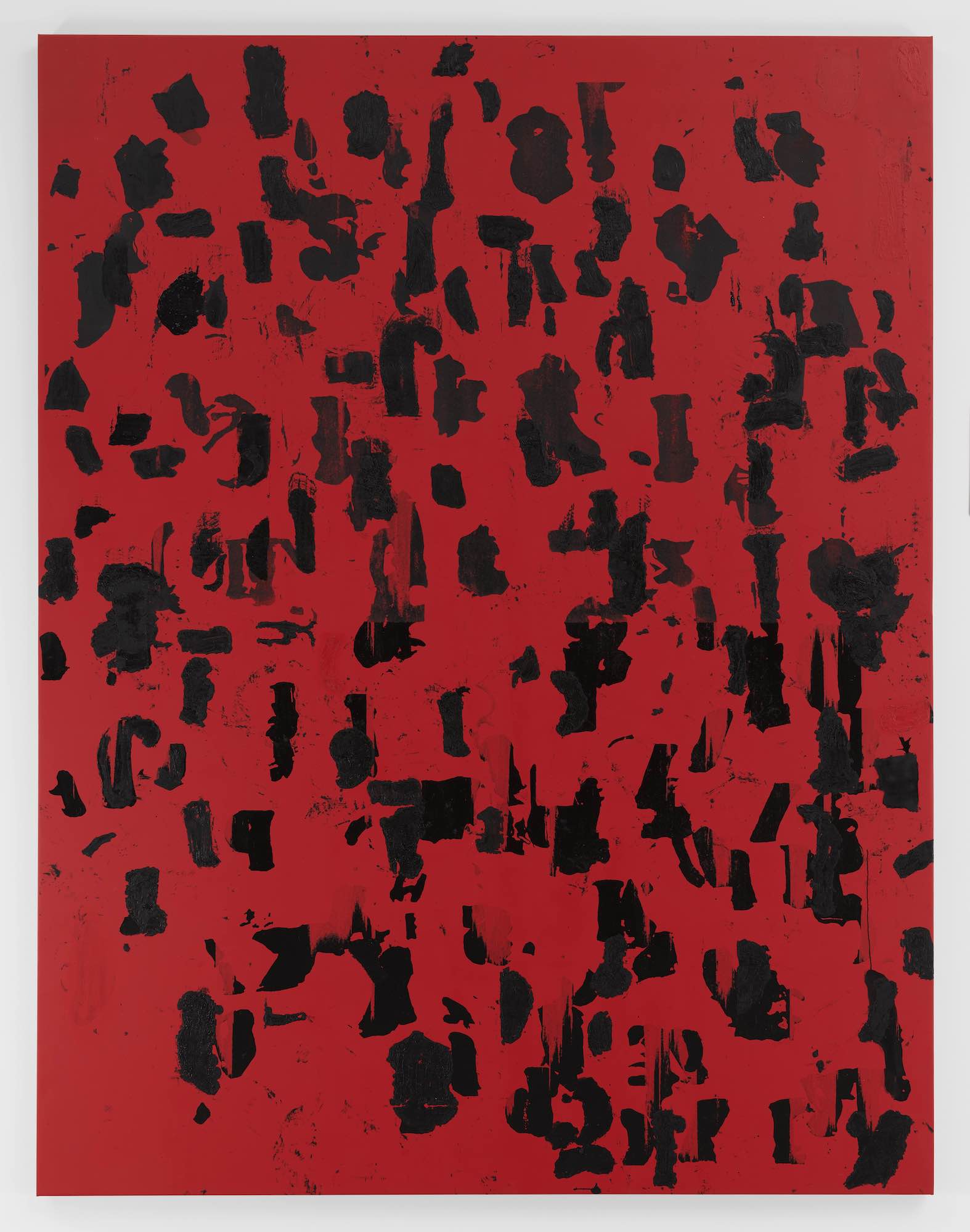In May, during a black-tie affair at the Louvre in Paris, Vacheron Constantin celebrated the newest additions to its Métiers d’Art collection. Part of an ongoing partnership with the iconic museum that began in 2019, the new suite of watches pays tribute to the great civilizations of antiquity. Working with the Louvre’s curatorial team and their own master artisans, Vacheron Constantin has created a series of four stunning timepieces in homage to the ancient Egyptian Empire, the Persian Empire of the Achaemenids, the Hellenistic Greece of the Antigonid dynasty, and the Roman Empire of the Julio-Claudians.
The historic watchmaker’s engagement with the Louvre emphasizes a mutual championing of beauty, art, and preservation of culture and craft. They also share an origin story—one in Switzerland, one in France—as they were founded within forty years of each other in the 18th century. Working closely together over several visits and research sessions, they chose several objects from the Louvre’s collection to represent each civilization and era. For the Egyptian Empire, it was the Great Sphinx of Tanis rendered in carved gold appliqué. The dial, decorated with gold hieroglyphs, was achieved with blue and black enamels. The Lion de Darius was chosen to represent the Persian Empire. Originally a frieze on glazed bricks, it was replicated in rich color and texture using a rare technique of stone marquetry, complemented with writings taken from a tablet inscribed in Old Persian. Showcasing ancient Greece is Victoire de Samothrace—the Greek god Nike—a winged figure draped in a dress, all its glorious details captured on a less-than-40-millimeter dial. A difficult-to-achieve brown enamel dial is surrounded by grisaille enameling that refers to Greek vases. And for the Roman Empire, the Buste d’Auguste was selected, depicted in carved gold appliqué, framed by a micro-mosaic in colored stones (more than six hundred!).
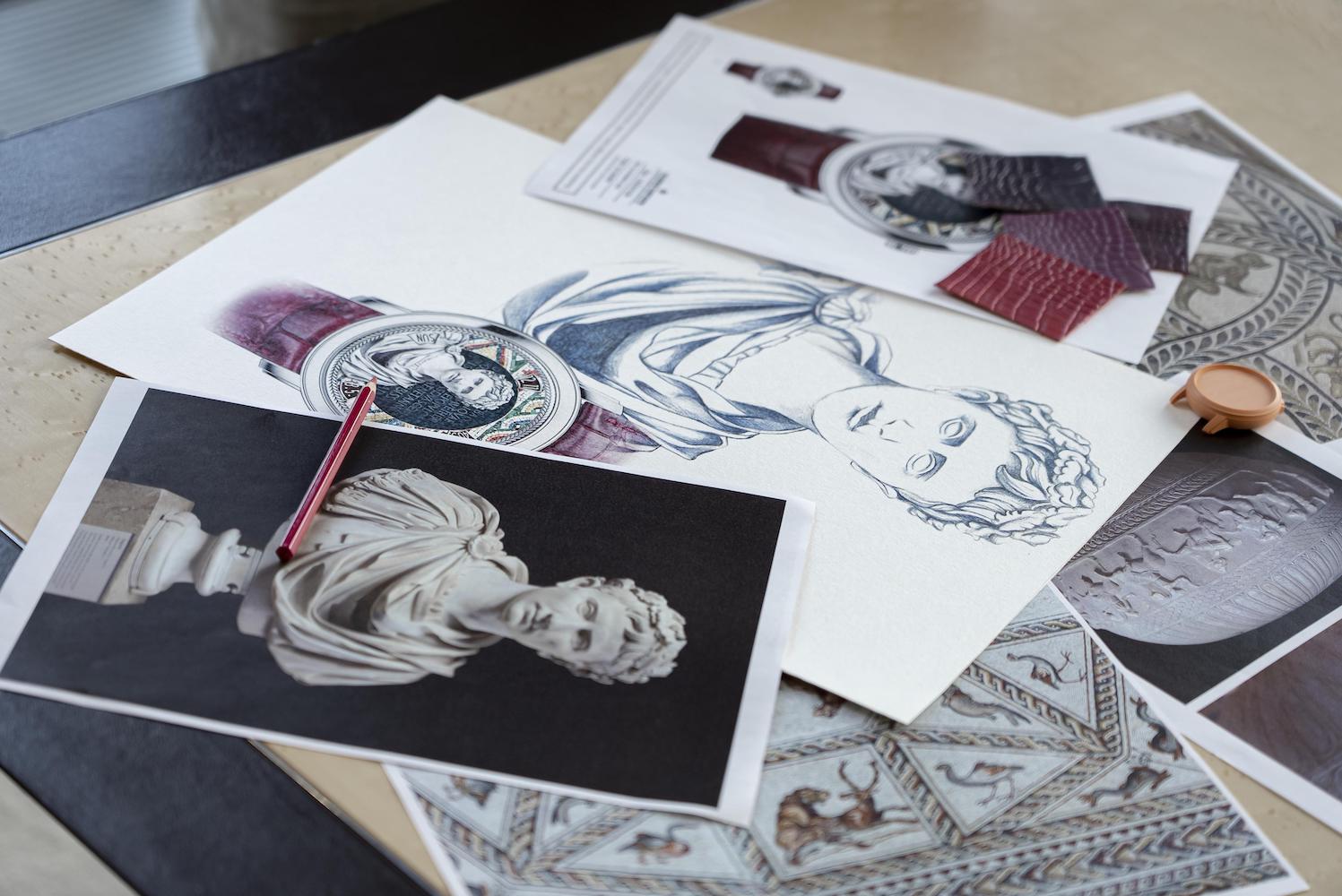
The making of the Buste d’Auguste timepiece from Vacheron Constantin’s Métiers d’Art Tribute to great civilizations.
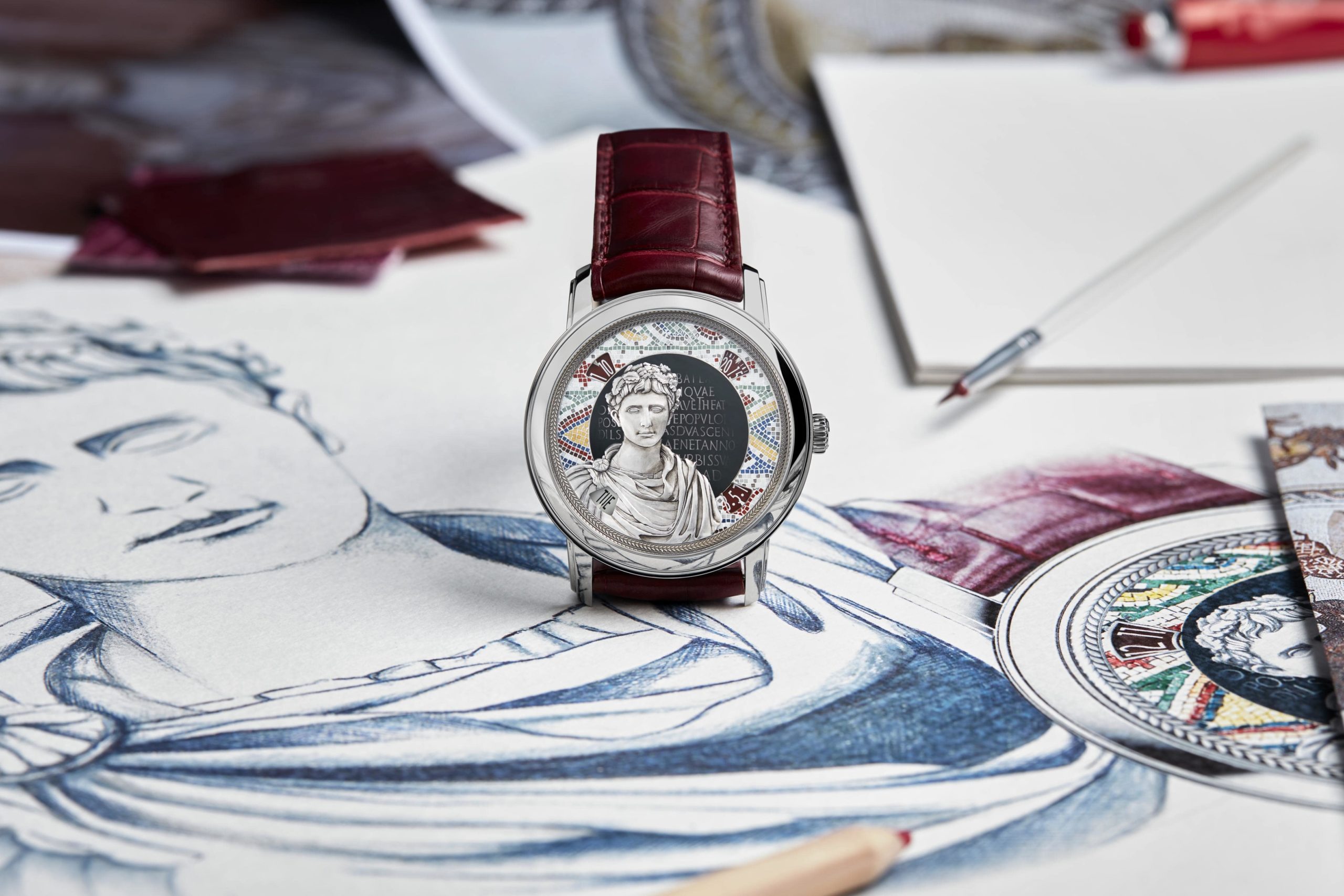
The making of the Buste d’Auguste timepiece from Vacheron Constantin’s Métiers d’Art Tribute to great civilizations.
The incredible feats of craft, skill, and know-how employed to create these stunning timepieces undoubtedly pay respect to the priceless antiquities they reference. Vacheron Constantin chose the self-winding Manufacture Calibre 2460 G4/2 movement to power the watches, allowing for the four discs featuring the hours, minutes, days, and date to exist on the periphery of the dial, the better to see the rich detail and design.
Whitewall spoke with Christian Selmoni, director of heritage and style at Vacheron Constantin, about the innovation, ideas, and care that went into bringing the Louvre’s collection to life.
WHITEWALL: Vacheron Constantin joined forces with the Louvre in 2019 and has since collaborated on several endeavors. Was the idea of a Metiers d’Art collection there from the start?
CHRISTIAN SELMONI: When we started this partnership, we thought of it with multiple axes, in terms of culture. We participated in the Louvre’s “Homo Faber” exhibition last April, showcasing our mutual expertise in the field of restoration of craftsmanship. This is a great partnership from a cultural point of view, but of course, it was also a possibility to create a collection of timepieces. We are very proud to be able to do that with the Louvre.
WW: How did you arrive at the idea of paying tribute to civilizations, rather than, say, “the best of” the Louvre’s collection?
CS: With the Louvre, you have a huge universe to think about. The idea was to think about how could we do it together. Vacheron Constantin has been around since 1755, and all along our history has had an interest in the world’s cultures and art.
When we thought about the Louvre, we knew this is one of the most important museums in the field of mankind’s history, so we came naturally to this question of civilizations.
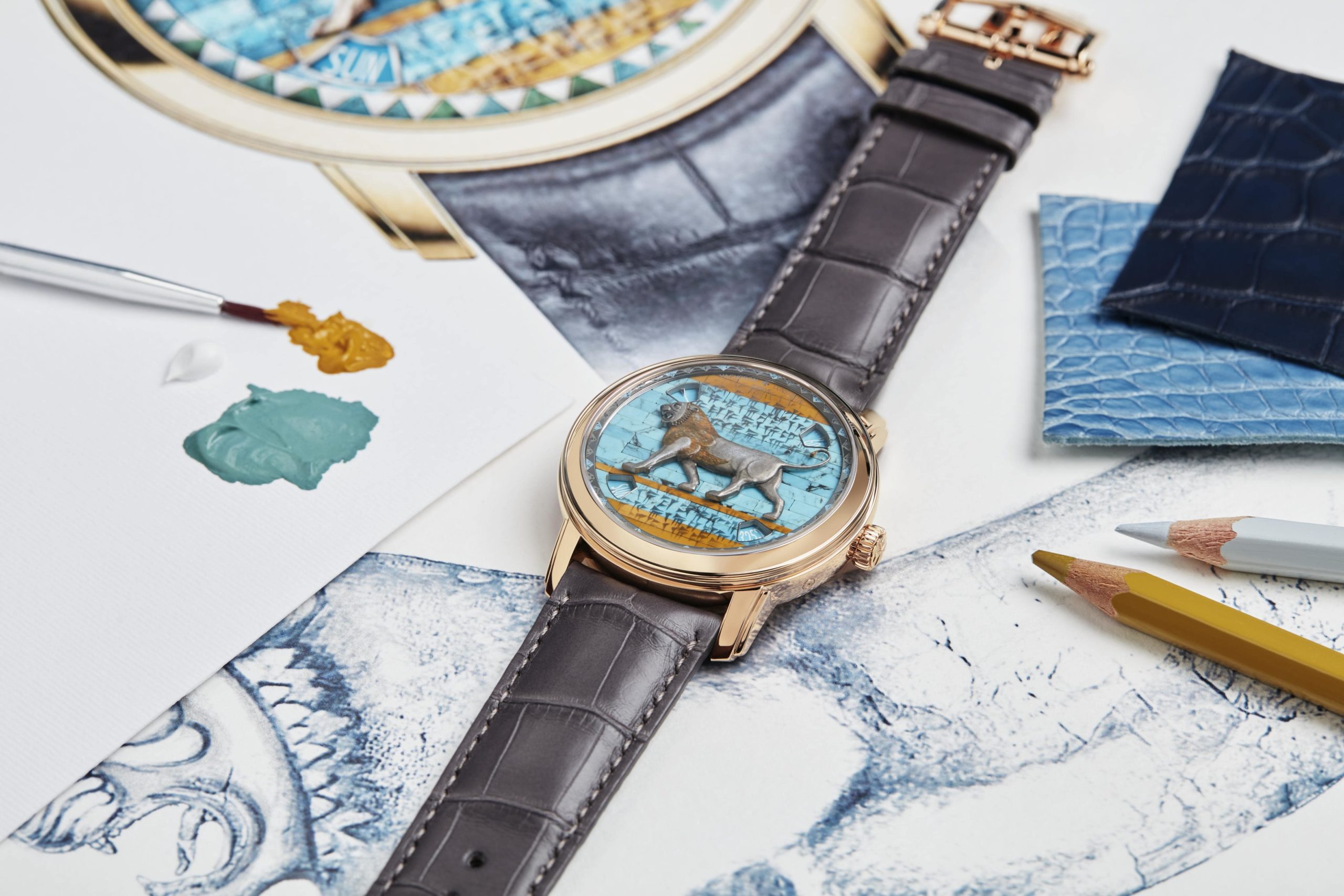
The Lion de Darius timepiece from Vacheron Constantin’s Métiers d’Art Tribute to great civilizations.
WW: With the Louvre, you share an appreciation for restoration, for craftsmanship, for preservation. How did that influence the art and objects you chose to represent each era on the less than 40-millimeter dial?
CS: I would like to point out the great work of our lead designer. The creative aspects of this series were driven by the Vacheron Constantin design team and craftsmen and the Louvre team. Our lead designer made several trips to Paris to meet people from the Louvre in order to identify civilizations and which artworks could be selected that would be relevant and consistent from the historical and geographical point of view. Every detail is faithful to history and faithful to each civilization.
WW: Once those pieces from the Louvre’s collection were chosen, what is the process like to decide which techniques will help render and give these priceless pieces their due?
CS: Our lead designer is very knowledgeable of craft techniques and thought about how we can best translate these art pieces into a 40-millimeter dial. For the Lion de Darius, she understood that she could use a craft technique like micro-stonecutting. She had a vision of what she wanted to achieve. And she was, of course, helped by the Louvre curators to respect the original art piece.
The artisans played a huge role to make sure that what we would like to re-create is possible to do by hand. And for the Roman Empire, the Buste d’Auguste, to say we’re going to have 660 pieces of stone cuts for a micro mosaic, it’s just mind-blowing. You need to have skilled artisans who say, “Yes, it’s going to be possible.”
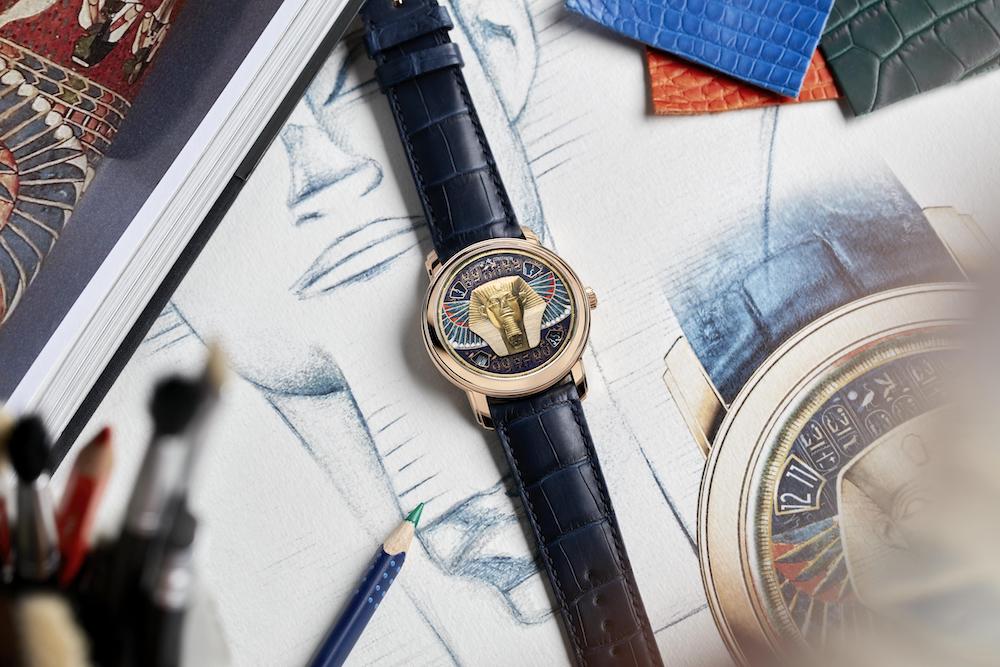
The making of the Grand Sphinx de Tanis timepiece from Vacheron Constantin’s Métiers d’Art Tribute to great civilizations.
WW: Can you tell us about the movement choice, which allows the apertures for time and date to exist on the periphery of the dial?
CS: We introduced this Calibre 2460 G4/2 in 2005—so quite a few years. Our idea was to express our watchmaking crafts on the whole watch face. The idea was to not disturb the artistry of the face by the presence of hands in the middle or additional sub-dials. With that, we discovered that it was also possible for us to create three-dimensional timepieces.
We have been using this movement because we think this is the best support for us to express our decorative crafts without hiding the complexity of the movement. I’d like to point out, too, the complexity and subtlety of some discs. We used the best of our watchmaking know-how to best support the creation of the artwork.
WW: These ancient objects are not just signifiers of another time in this collection. The artisans have really brought them back to life almost, in rich, vibrant colors.
CS: It is highly creative and highly innovative, and on top of that, very contemporary in a sense that it’s really something which has never been seen before. It is about inviting the public, our clients, our friends into a journey into a world of arts and culture and the diversity of humanity, of mankind. I think this series is very important. Watchmaking and decorative arts are an expression of beauty, which, for us, is highly important.
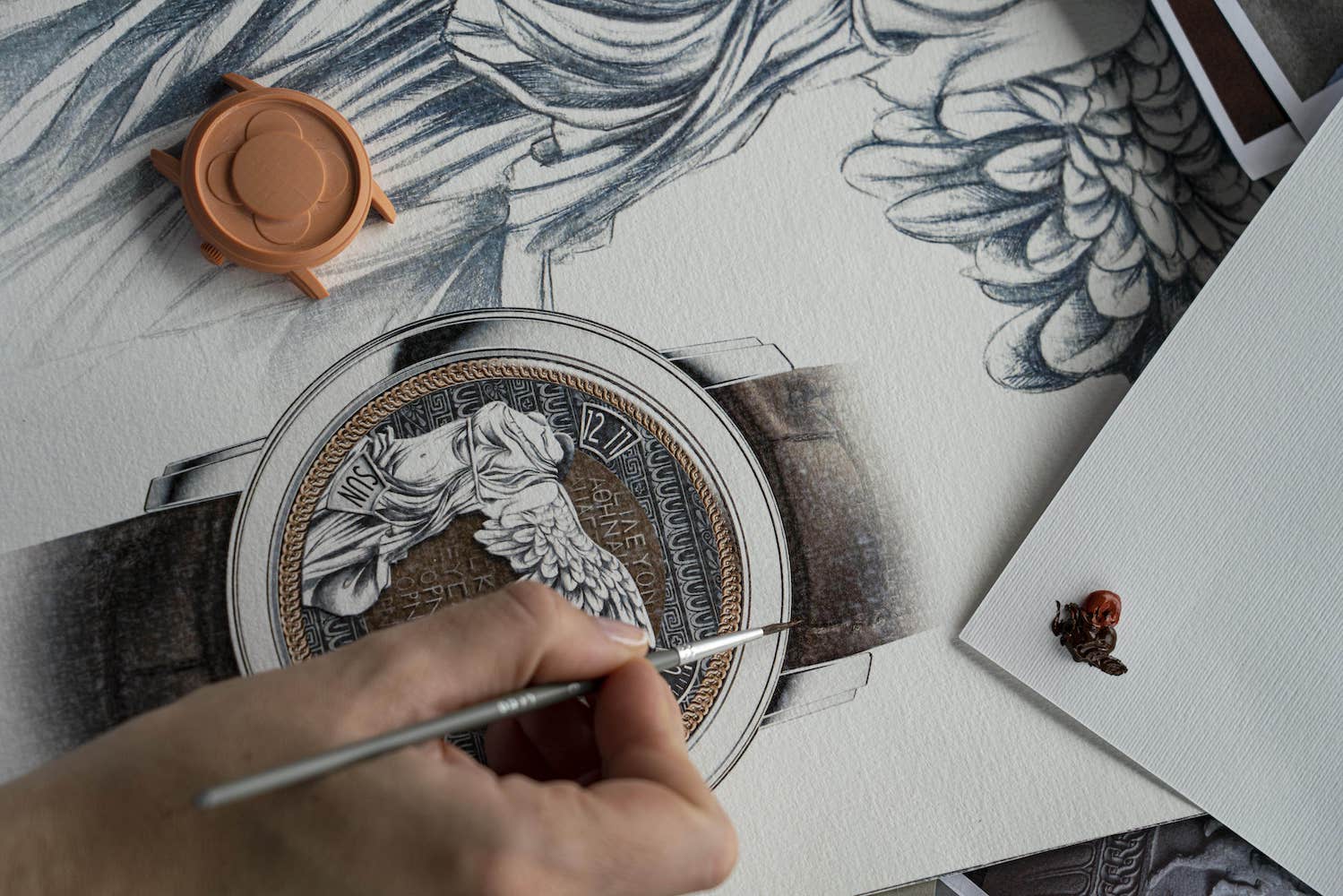
The making of the Victoire de Samothrace timepiece from Vacheron Constantin’s Métiers d’Art Tribute to great civilizations.





